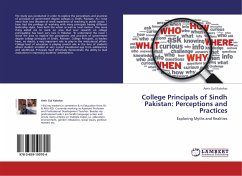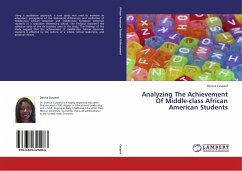This quantitative survey research examined staff perceptions of African-American male principals in a K-12 urban public school district. Many cultural scholars believe that race matters in staff perceptions of their principal (Banks, 1991; Ladson-Billings &Tate, 1995; Lomotey, 1989). Frequently, African-American principals who lead a diverse group of staff members' in a large, K-12 urban public school district find their authority challenged and are view as "insignificant" leaders (Sizemore, 1986). Chemers's model (1995) on integrative leadership outlines three leadership categories (image, relational dimensions, and leadership) that are necessary for a person to lead an ethnically diverse workforce. The theoretical framework for this research study is a conceptual model of the Leader-Member Exchange Theory (LMX) by (Graen & Uhl-Bien, 1995). This theory explains interactions and relationships between the leaders and followers. The purpose of this study was to investigate staff members' perceptions of their African-Americans male principals in the areas of image, staff relationships, and leadership characteristics.








